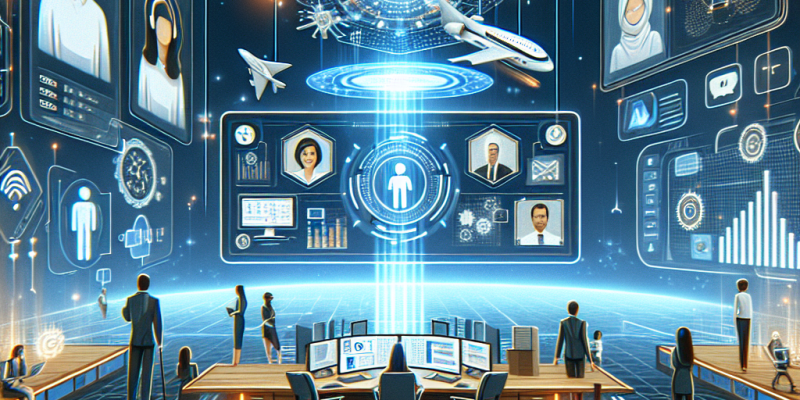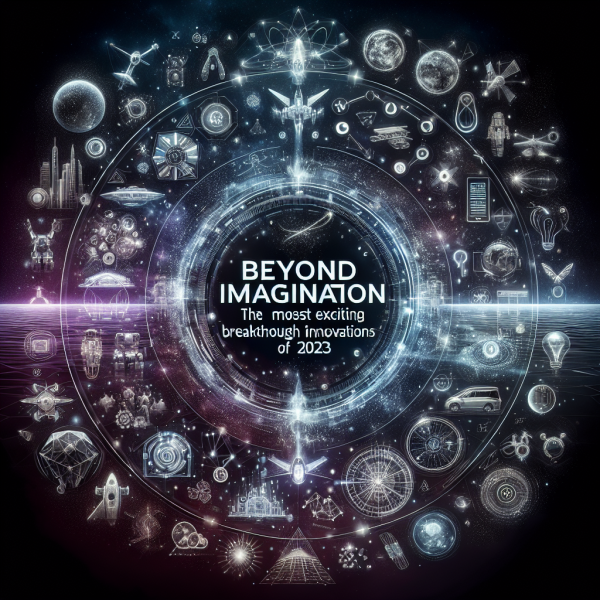Remote Work Technologies: Tools That Are Redefining the Modern Workplace

The landscape of work has undergone a seismic shift in recent years, with remote work transitioning from a rare perk to a fundamental aspect of many organizations. Fueled by the necessity of the global pandemic and advance in technology, businesses worldwide have adapted to allow their employees the flexibility to work from anywhere. This transformation has not only changed where work gets done but how it’s executed, with a plethora of tools and technologies emerging to facilitate efficient remote collaboration. Here, we explore the key remote work technologies that are redefining the modern workplace.
1. Communication Platforms
Effective communication is the cornerstone of successful remote work. Tools like Slack, Microsoft Teams, and Zoom have become ubiquitous, allowing teams to maintain fluid communication regardless of geographical barriers.
- Slack offers channels for organized discussions, direct messaging, and integration with various applications to streamline workflows.
- Microsoft Teams combines chat, video conferencing, and file sharing into one platform, catering specifically to organizations already entrenched in the Microsoft ecosystem.
- Zoom, originally popular for video conferencing, has expanded to include features like webinars, virtual backgrounds, and collaborative whiteboards, making online meetings more interactive and engaging.
These platforms not only facilitate day-to-day communication but also foster a sense of community, crucial for maintaining company culture in a remote setting.
2. Project Management Software
Managing tasks and projects across dispersed teams requires robust planning and monitoring tools. Trello, Asana, and Monday.com have emerged as formidable allies in this space.
- Trello utilizes a visual board system, with cards that represent tasks, allowing teams to easily track progress and responsibilities.
- Asana empowers users to set goals, create to-do lists, and assign tasks, making project tracking transparent and efficient.
- Monday.com features customizable workflows that cater to specific industry needs, allowing teams to visualize their project pipelines and adjust priorities in real time.
These tools enhance accountability and ensure that all team members remain aligned with the project’s objectives, regardless of their physical location.
3. Collaboration and File Sharing
The ability to collaborate on documents and share files seamlessly is critical in a remote work environment. Google Workspace and Microsoft 365 are two of the leading solutions, offering tools that allow multiple users to create, edit, and comment on documents simultaneously.
- Google Workspace provides a suite of applications including Docs, Sheets, and Drive, enabling easy collaboration in real time while storing files securely in the cloud.
- Microsoft 365 has also made strides in integrating its applications—Word, Excel, and OneNote—with Microsoft Teams, enhancing the collaborative experience by merging communication and documentation.
These collaboration platforms ensure that all team members have access to the latest versions of documents, minimizing miscommunication and enabling effective teamwork.
4. Time Management and Productivity Tools
As remote work blurs the lines between personal and professional life, time management becomes essential. Tools like Toggl and RescueTime help individuals and teams track work hours and productivity levels.
- Toggl allows users to log time spent on various tasks and projects, providing insights into how their hours are spent and identifying areas for improvement.
- RescueTime monitors user activity on devices, generating reports that highlight productivity patterns and distractions.
In a remote work environment where self-discipline is crucial, these tools help individuals manage their time more effectively, promoting a healthy work-life balance.
5. Virtual Team-Building Solutions
In an age where physical gatherings are limited, virtual team-building tools, such as Donut and Gather, have found their niche by fostering connections among remote workers.
- Donut, integrated into Slack, encourages casual interactions between team members through random coffee pairing, shedding light on the importance of informal communication.
- Gather provides a virtual space for teams to meet and collaborate through customizable environments, incorporating games and activities to enhance team interaction.
These solutions help remote teams maintain a spirit of camaraderie, increasing overall job satisfaction and employee retention.
Conclusion
The evolution of remote work technologies has fundamentally transformed the modern workplace, enabling organizations to operate efficiently and effectively while navigating the challenges of a dispersed workforce. As we continue to embrace a hybrid future, it is essential for businesses to invest in the right tools that not only enhance performance but also support their employees’ well-being. Embracing these innovations will ensure that teams remain agile, engaged, and productive, regardless of where they choose to work.














